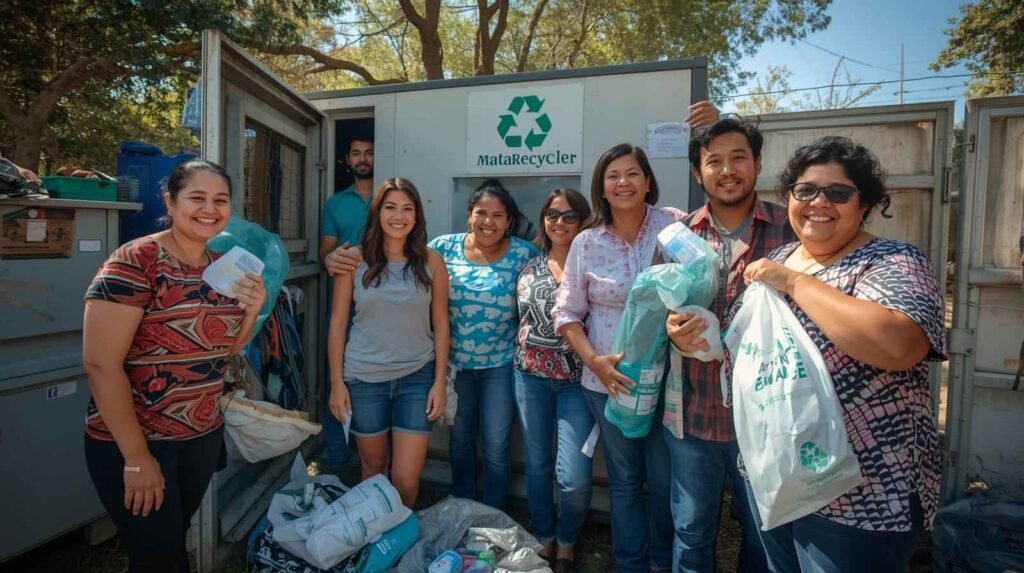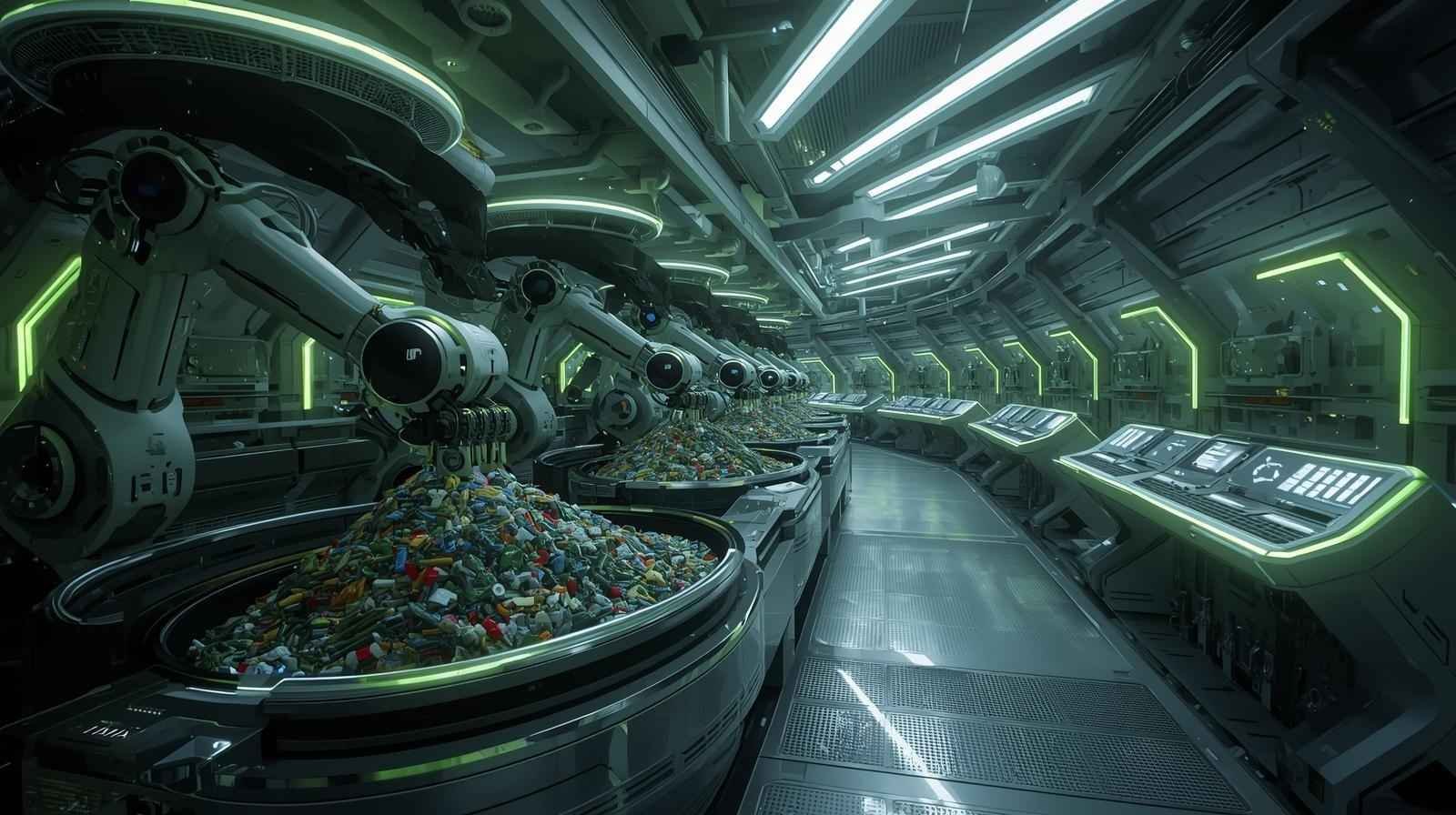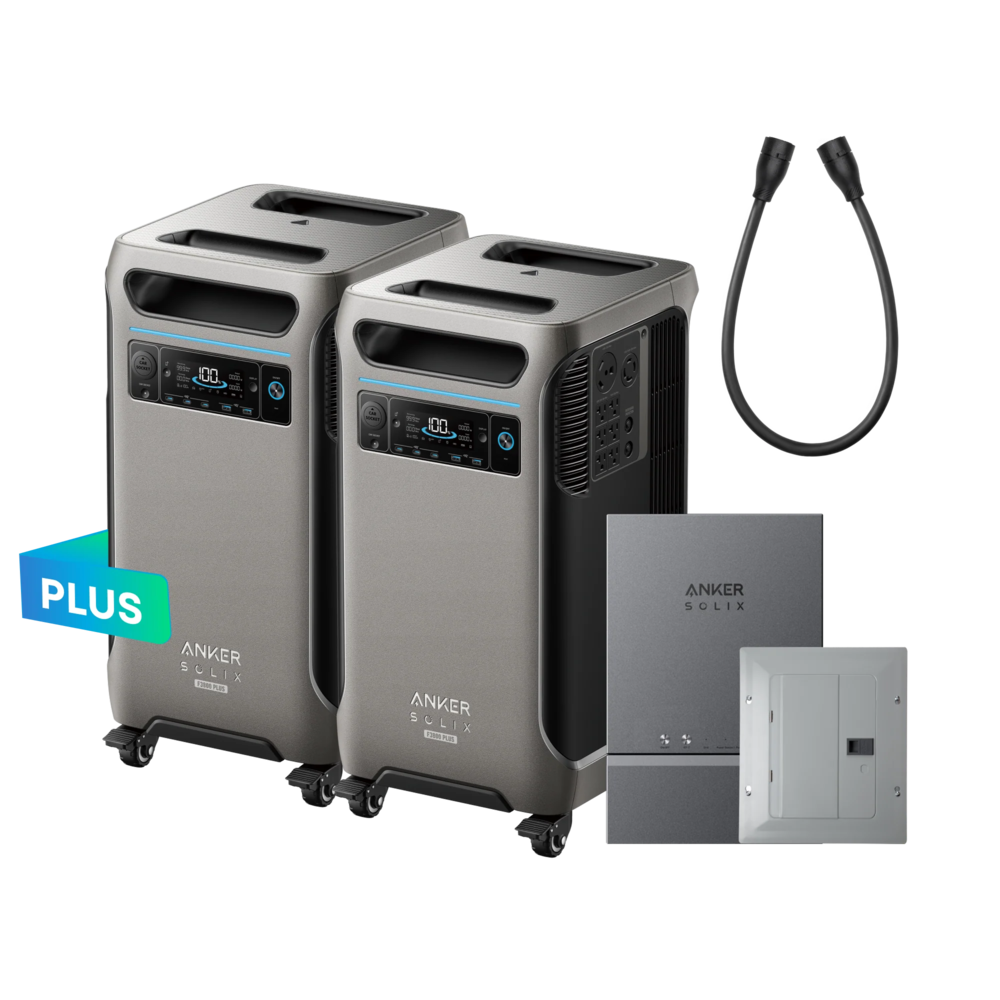Introduction
Let’s face it — the world’s drowning in waste. Every coffee cup, every plastic wrap, every broken gadget we toss adds up. Landfills are bursting at the seams, oceans are choking with debris, and climate change is screaming for attention. Yet, amid the chaos, a new name has quietly started making waves in the sustainability scene: MataRecycler.
So, what’s the buzz about? In simple terms, it isn’t just another recycling initiative; it’s a tech-driven revolution reshaping how we deal with waste. Using smart automation, data analytics, and eco-engineering, it turns everyday trash into reusable materials faster and more efficiently than traditional methods. But that’s just scratching the surface — because behind MataRecycler is a movement toward intelligent sustainability. Let’s unpack what makes this innovation a potential game-changer.
What is MataRecycler?
At its core, MataRecycler is a smart recycling system designed to sort, process, and repurpose waste using AI-powered technology. Think of it as recycling 2.0 — more brains, less manual labor.
Unlike conventional recycling plants that rely heavily on human sorting, it uses machine learning algorithms, robotic arms, and image recognition to separate materials accurately. Whether it’s plastic, metal, paper, or e-waste, this system identifies, categorizes, and processes them with minimal error. The result? Cleaner output, less contamination, and more efficient recycling.
You could say MataRecycler is where innovation meets environmental responsibility. It’s like giving our planet a digital detox.
How It Works: The Smart Way to Recycle
Let’s break it down without diving too deep into the technical jargon.
1. Smart Sorting
Using AI vision systems, MataRecycler scans and detects materials based on color, texture, and chemical composition. It’s kind of like how your smartphone camera recognizes faces — but here, it’s recognizing plastic bottles, aluminum cans, and circuit boards.
2. Automated Separation
Once identified, robotic arms swing into action, segregating materials with precision. No tired workers, no human error — just consistent sorting at lightning speed.
3. Intelligent Processing
Next comes the processing phase. Materials are shredded, melted, or compacted into reusable forms, depending on their type. MataRecycler optimizes this step to reduce energy consumption and maximize recovery rates.
4. Data Analytics for Continuous Improvement
Here’s where things get really clever — MataRecycler collects data on waste types, volume, and contamination. Over time, this data helps improve local recycling programs and informs policymakers on better waste management strategies.
Why It is a Game-Changer for the Planet
You’ve probably heard countless claims about “green innovations,” but what sets MataRecycler apart is its real-world impact. Let’s take a look at how it’s reshaping the sustainability landscape.
1. Efficiency at Scale
Traditional recycling systems can be slow and resource-heavy. MataRecycler, on the other hand, automates the process, enabling cities to handle 10x more waste without additional manpower.
2. Reducing Human Risk
Recycling facilities often expose workers to sharp objects, chemicals, and hazardous materials. By automating these steps, It minimizes human contact and boosts workplace safety.
3. Cleaner Output
When materials are sorted more accurately, the final recycled products are purer and more valuable. That means less waste going to landfills and more reusable raw materials feeding into circular economies.
4. Environmental and Economic Balance
It’s not just about saving the planet — it’s about making sustainability economically viable. Businesses can cut waste disposal costs, create green jobs, and even generate revenue from selling recycled materials.
MataRecycler vs Traditional Recycling Systems
| Feature / Aspect | MataRecycler (Smart System) | Traditional Recycling |
|---|---|---|
| Technology Used | AI, robotics, data analytics | Manual sorting and basic machinery |
| Speed | High (Automated 24/7 operation) | Moderate to slow (human-dependent) |
| Accuracy | 95–99% sorting precision | 70–80% average accuracy |
| Cost Efficiency | Long-term savings after setup | Ongoing labor and maintenance costs |
| Environmental Impact | Lower emissions, better recovery | Higher waste residue and contamination |
| Scalability | Easily scalable with tech integration | Limited by manpower and logistics |
In short, MataRecycler doesn’t just recycle — it reinvents the process.
Real-World Applications of MataRecycler
Now, let’s put theory into practice. How it is being used around the world?
1. Urban Waste Management
Smart cities are adopting MataRecycler units to handle increasing waste volumes. For instance, pilot programs in Europe have shown up to 40% improvements in recycling efficiency within six months of implementation.
2. Industrial Recycling
Manufacturing plants often generate tons of scrap materials. it can be integrated into production lines to automatically process industrial waste, cutting costs and improving sustainability reports.
3. E-Waste Solutions
Electronics recycling is notoriously complex, but it’s intelligent recognition system identifies valuable metals like copper and gold for recovery — reducing e-waste toxicity.
4. Community Initiatives
Local governments and NGOs are using smaller MataRecycler setups in neighborhoods to encourage community-led recycling — turning sustainability into a shared habit.
The Technology Behind It
The backbone of MataRecycler lies in AI and robotics — two buzzwords that actually deliver when applied right.
- Machine Learning: Helps the system recognize new materials over time.
- Robotics: Automates manual labor for precision handling.
- IoT Sensors: Monitor system performance, temperature, and waste flow.
- Cloud Integration: Stores and analyzes data to optimize operations globally.
It’s a perfect example of Industry 4.0 meeting Green Tech — where innovation doesn’t just make things smarter but also greener.
Challenges MataRecycler Faces
Let’s be honest — no innovation comes without hurdles.
1. Initial Setup Costs
Advanced tech isn’t cheap. Setting up MataRecycler systems requires substantial investment, though ROI is achieved through long-term savings and efficiency.
2. Maintenance and Skill Gaps
Operating AI-driven systems demands trained technicians and data analysts — something not all regions have yet.
3. Market Adoption
Change is slow, especially in industries rooted in tradition. Convincing municipalities and companies to shift from manual to automated recycling takes time.
Still, the trajectory is clear — once adopted, it tends to prove its worth quickly through measurable results.
Also read: Naera F: The Inspiring Biomedical Engineer in Canada
How MataRecycler Aligns with Global Sustainability Goals
MataRecycler contributes directly to several UN Sustainable Development Goals (SDGs), including:
- SDG 11: Sustainable Cities and Communities
- SDG 12: Responsible Consumption and Production
- SDG 13: Climate Action
By optimizing waste recovery and reducing carbon footprints, it helps cities progress toward cleaner, circular economies — the kind our future generations deserve.

The Human Side of the Story
Behind all the tech and data, MataRecycler tells a human story — one of innovation born out of necessity. Communities that once struggled with waste overflow are now turning trash into opportunity.
In a small coastal town, for example, a local setup helped reduce plastic leakage into the sea by 60% within a year. Fishermen who once complained about nets full of garbage are now part of a sustainable recycling initiative. That’s the power of smart tech meeting real-world purpose.
The Future of Waste Management with It
We’re standing at a turning point. Waste management is no longer just about disposal; it’s about data, design, and deliberate action. MataRecycler embodies this shift by merging innovation with environmental stewardship.
As AI continues to evolve, future versions of it could predict waste generation patterns, personalize recycling programs for communities, and even integrate blockchain to track material lifecycles transparently. Sounds futuristic? It’s closer than you think.
Conclusion
Let’s wrap it up with a reality check — waste isn’t going anywhere. But with smart systems like MataRecycler, we’re finally learning to manage it responsibly, efficiently, and intelligently. It’s not about perfection; it’s about progress — and it is helping us move in the right direction.
In the grand scheme of things, innovations like these remind us that technology isn’t the enemy of the environment. When done right, it’s the ally we’ve been waiting for. So next time you toss something in the bin, remember — somewhere, a MataRecycler might just be turning it into something useful again.
FAQs
1. What is MataRecycler used for?
MataRecycler is a smart recycling system that automates waste sorting and processing using AI, robotics, and data analytics to improve recycling efficiency.
2. How does MataRecycler differ from traditional recycling?
Traditional recycling relies on manual labor, while MataRecycler automates sorting and analysis for higher accuracy and faster results.
3. Is MataRecycler environmentally friendly?
Absolutely! It reduces landfill waste, cuts carbon emissions, and supports a circular economy by reusing materials efficiently.
4. Can MataRecycler handle e-waste?
Yes. MataRecycler can identify and process e-waste components, recovering valuable metals like copper and gold.
5. Is MataRecycler cost-effective for businesses?
Though the initial setup may be costly, its automation and energy efficiency significantly reduce long-term operational expenses.
Thanks for visit Techywil











